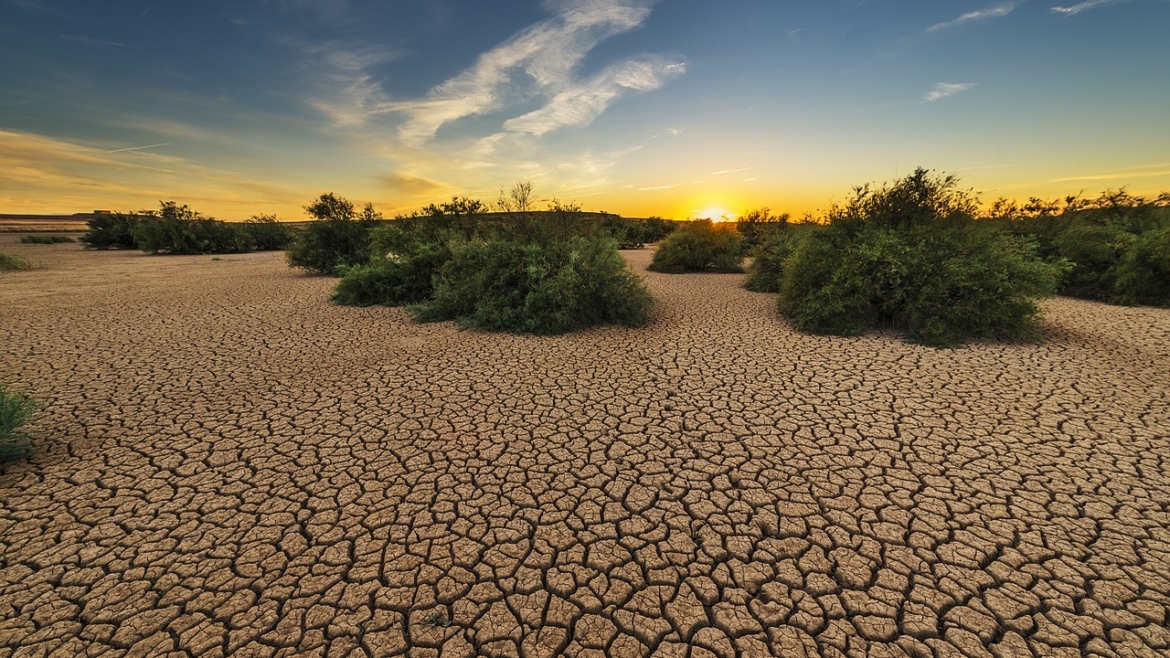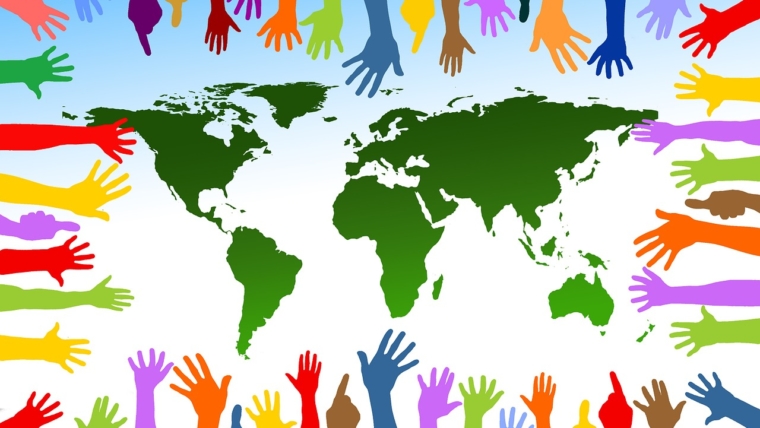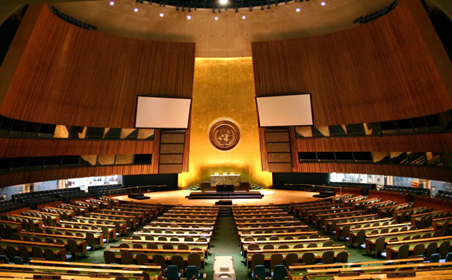The Least Developed Countries in the Anthropocene: From structural vulnerabilities to planetary injustices
Led by Carole-Anne Sénit & Frank Biermann
Least Developed Countries (LDCs) are substantially affected by global environmental change, and yet they hardly contribute to the causes of such change. Why, then, are LDCs caught in a planetary injustice trap?
Ahead of the United Nations Climate Action Summit in September 2019, major organizations in the domain of global climate change research published yet another series of alarming findings: increases in CO2 concentrations continue to accelerate, resulting in the period 2015-2019 as the warmest five years ever experienced since 1850 (WMO, 2019). Scientists also warn that climate impacts are hitting harder and sooner than predicted a decade ago. Yet if climate change is global in nature, countries and populations are neither equally impacted nor do they equally contribute to the drivers of such change. The poorest are and will be disproportionately hit: eight out of ten people living in the forty-seven poorest countries in the world – also known as the Least Developed Countries (LDCs) – will be adversely affected by climate change, while these countries accounted for only 5.5 percent of global CO2 emissions in 2014 (CAIT, 2019).
In this study, we will explore how the different human-induced, planetary-scale changes associated with the Anthropocene amplify the vulnerabilities of LDCs, and review, whenever data is available, the extent to which LDCs are disproportionality affected with respect to their contribution to such changes. In doing so, we will unpack the complex, multifaceted, and interrelated vulnerabilities faced by the LDCs in the Anthropocene. This is important because these vulnerabilities ultimately act as structural impediments to the sustainable development of LDCs and trap the Bottom Billion into social and environmental injustice.




7 Comments
Comments are closed.